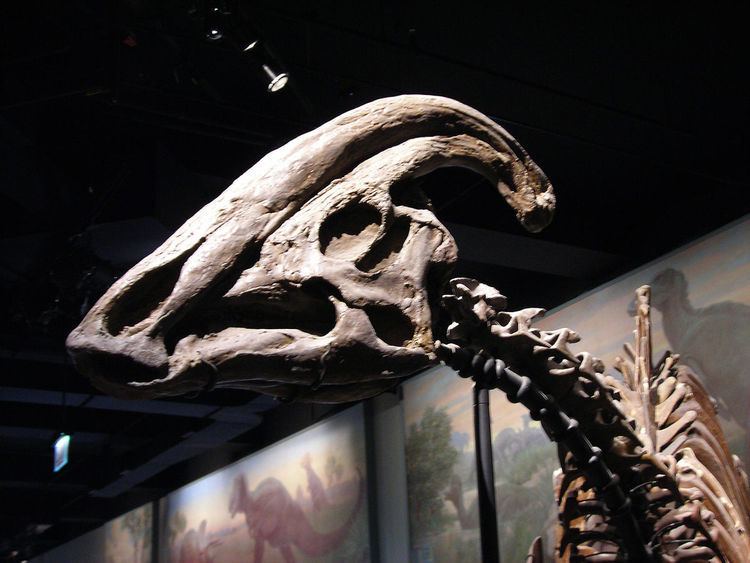Country USA | Overlies Pictured Cliffs Formation | |
 | ||
Sub-units Fossil Forrest Member,Ne-nah-ne-zad Member | ||
The Fruitland Formation is a sedimentary geological formation containing layers of sandstone, shale, and coal. It was laid down in marshy delta conditions, with poor drainage and frequent flooding, under a warm, humid and seasonal climate. It is found in the San Juan Basin in the states of New Mexico and Colorado, in the United States of America. The Fruitland Formation contains beds of bituminous coal that are mined in places along the outcrop. Since the 1980s, the coal beds of the Fruitland Formation have yielded large quantities of coalbed methane. The productive area for coalbed methane straddles the Colorado-New Mexico state line, and is one of the most productive areas for coalbed methane in the United States.
The Fruitland is underlain by the Pictured Cliffs Sandstone, and overlain by the more recent Kirtland Formation. The sequence of rocks represents the final filling of the Cretaceous seaway. The underlying Pictured Cliffs is a marginal marine sandstone, deposited in an environment similar to offshore barrier islands of the southeast United States. As the seaway retreated, the Pictured Cliffs was covered by the Fruitland Formation, which was deposited in near-shore swampy lowlands. The formation is dated to the late Campanian (part of the Cretaceous period), and was deposited over a period of about a million years. Radiometric dating from just below the base of the formation has yielded an age of 75.56 ± 0.41 Ma ago. An ash bed lying below the upper boundary with the Kirtland Formation has been dated to 74.55 ± 0.29 Ma ago.
The formation is subdivided into the upper Fossil Forrest Member (deposited between about 75-74.5 million years ago) and the lower Ne-nah-ne-zad Member (deposited from 75.5-75 million years ago). The Fossil Forrest member is considered to be part of the Hunter Wash, fauna shared with the overlying lower Kirtland Formation.
Saurischians
Some remains (OMNH 10131) of Bistahieversor, a tyrannosauroid from the overlying Kirtland Formation, may actually have originated in the upper Fruitland Formation.
